Science-based Photography and Art-based Photography
Following the post about marketing research the other day, I would like to write down my argument about the border between science and art on the point of photography. The point is science-based photography and art-based photography.
In the past, I wrote an article titled "Photography tells Seasonal Changes at Akadate Park of Tanagura Town - Ver0.1". In this article, I summarized the pattern of variables when shooting same objects like this.
After visiting Akadate Park several times and comparing the photos I took, it turned out to me that the best location, position, angle, focal length, season, weather, timing were all different even though I shooted the same town from the same park.
Suppose that the steps of photography are decided into 1.place-selecting, 2.shooting, 3.processing, and 4.sharing. Then, this argument, published almost one year ago on December 14, 2016, was only about the second step.
Now, I would like to categorize photography of each step in two groups so that we pursue the ideal figure of photography. One is a science-based element which can be reproduced by others (thus deductive), and the other is an art-based element which cannot be reproduced by others (thus inductive).
1.Place-selecting
It is possible for anyone to select same places. The elements like location, position, angle, season, weather, and time are all reproductive. Tourist spots are a good example.
But we must note that it is also possible to reduce the possibility to reproduce photos, for example by giving meaning to specific shooting time and date or rare weather. One good example is Mr. Kent Shiraishi who sells the photos of first snow of Blue Pond every year while not sharing them in public.
2.Shooting
All the operations are, as far as I know, reproductive on the step of shooting, including body, lenses, focal length, angle, filter, shutter speed, F-number, ISO value, white balance, and other settings. They alone cannot contribute to art-based photography because they are reproductive.
3.Processing
The step of processing has become very easy thanks to prosperous photo-editing apps. Common operations such as increasing contrast, saturation and shadows are all science-based approaches.
However, this step can be a very art-based approach only during a challenge to adjust colors of a photo to match exactly into one's subjective colors of the world because this challenge makes this step unreproductive.
4.Sharing
The step of sharing is also important in the point of art. For we need to describe values of a photo through a story so that we share them in a good way. We must care how we share photos - who? when? where? and how? This step ends up determining how your photo create own stories inside the hearts of audience.
Of course, your efforts on this step can make your photo valuable. But we must note that this step is highly dependent on self-branding and self-story-making in the medium and long term.
Summary of step-by-step reviews
I've written down the steps from one to four. The summary reminds me of the word "What you do after shooting is important" because the step 2.shooting sounds more exciting to beginners but is the furthest from an art-based approach while the step 3.processing and 4.sharing are highly likely to be an art-based approach.
By the way, the process to describe what colors we see subjectively can be very helpful in training a sense of beauty. For the process of processing photos is the same as the essence of Visual Thinking Strategy (VTS) - that is, "describing what we see through our eyes".
. . . but we must note one thing. The step three can be a good practice to develop a sense of beauty, but can contribute to an art-based value only because of the fundamental defect of current cameras, which is to copy the strength of light directly, resulting in the inevitable difference between unprocessed photos and how we see through our eyes. If this fundamental defect disappears, values of photography will emerge only from the step four.
I will write about it some day soon.
So here, I share one of my very few photos of autumn foliage this year.

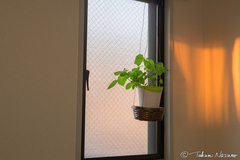
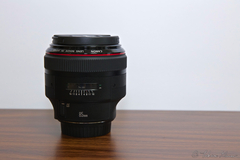
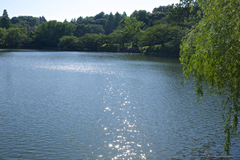
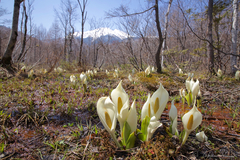
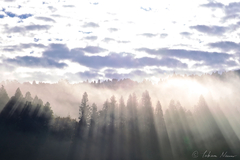
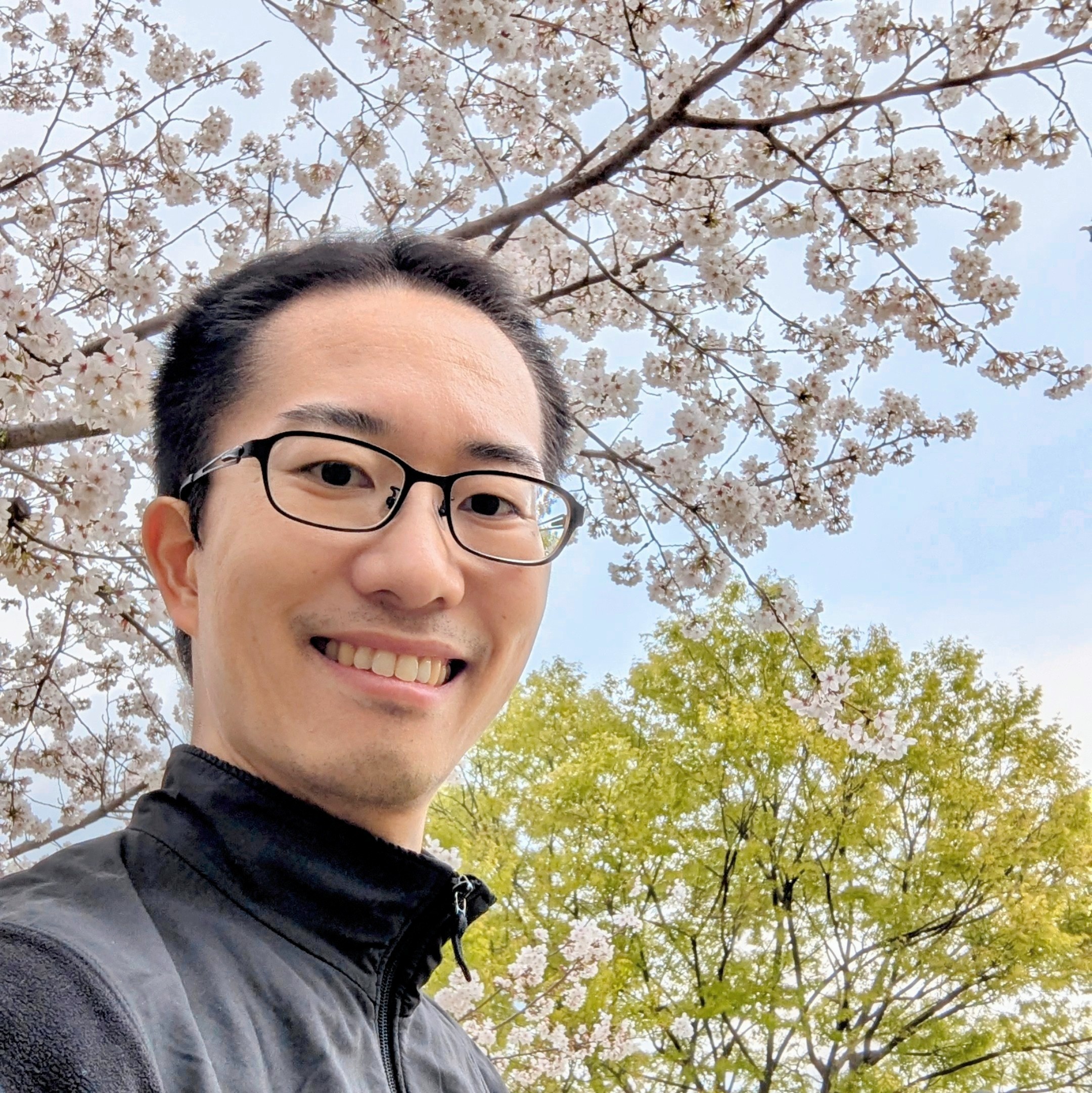
- Business (6)
- Childcare (1)
- Food (19)
- Languages (2)
- Life Hack (1)
- Local Revitalization (69)
- Photography (571)
- Web Design (11)